Reptiles no longer exist according to cladistics
I remember when I was in school and the teacher was talking about Pluto and the fact that it was no longer considered a planet by scientists. Consequently, Pluto was no longer included in solar system illustrations about planets. The majority of the children in the classroom starting to say things like "How did Pluto disappear?' or "Did they put a bomb on the planet and blow it up?".
I think that something similar must be happening today about reptiles if the teacher knows about cladistics.
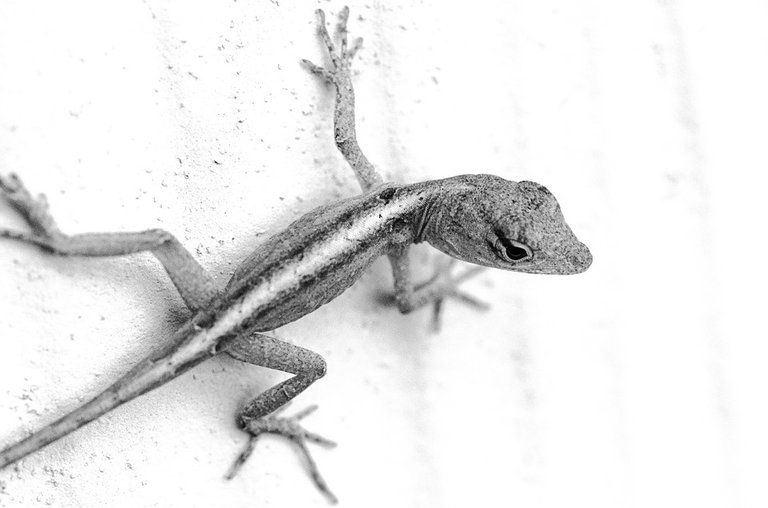
The animals we know as 'reptiles' are still existing, Pluto is still existing, this is just a problem of names and categorization. The problem with 'reptiles', or rather, with the word 'reptile', is that this classification is inaccurate, considering what we know today about the evolution of vertebrates.
The traditional classification of animals (mammals, birds, fishes, reptiles, insects, etc.) was formalized in the 18th century by Swedish scientist Carl Linnaeus. This classification is based on the aspect or looks of the animals. In this way, most people find it bizarre to hear someone saying "a bird is a reptile".
Cladistic is a method of biological classification based on the historical evolution of groups of organisms (clades) and the hypothesis of common ancestors. This method emerged in the 20th century by hand of scientists such as Willi Hennig, Peter Chalmers Mitchell, and Robert John Tillyard. It is the most widely accepted classification method today.
The following illustration shows a simplified cladogram of the evolution of vertebrates and their groups.
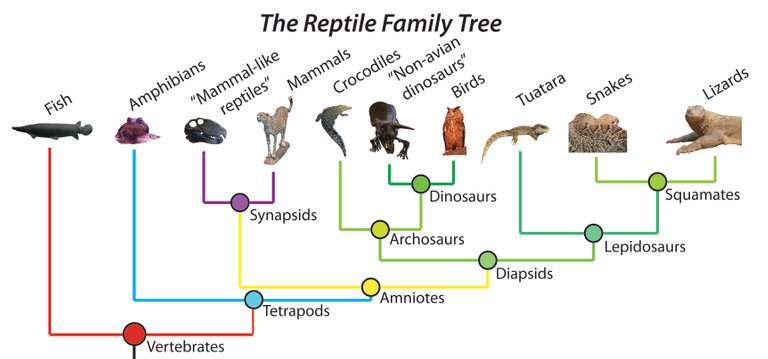
As we can see, the animals that we are used to calling 'reptiles', are within the Diapsids label. The problem is that according to traditional classification, Birds are not reptiles. Our 'common sense' tells us that a Bird can not be a reptile.
Even the ancestors of mammals are often mistakenly called 'mammal-like reptiles', when in fact they were not reptiles, although they have a certain similarity, as is the case of Dimetrodon.
Before continuing, we should know the difference between Diapsids and Synapsids. The first ones have two openings on each side of the skull (behind the orbits), the second ones (mammals) only have one. On the contrary, the Anapsids do not have any temporal openings on the side of the skull.
So, why dinosaurs are usually labeled as 'reptiles' and not birds? Birds, as we know, evolved from small dinosaurs with feathers in the Jurassic period. This is where the traditional classification encounters a problem. We can see this clearly in the following cladogram, where birds are excluded from the 'reptile' label:

This is a problem between reptiles and birds since cladistics does not have any problem with fishes, amphibians, and mammals classification. Therefore, what is the correct term to refer to 'reptiles' and birds?
Sauropsida
Sauropsids are a group of animals that includes all Diapsids and Anapsids. Synapsids are not included in the Sauropsida group, because they are mammals or their ancestors.

In the previous image, we can compare the two groups (Reptilia and Sauropsida) on the cladogram of Tetrapoda (animals with 4 legs). Sauropsida is a group well defined and clearer, while Reptilia is less homogeneous and less accurate since it excludes birds and adds the 'mammal-like reptiles'.
In the following image, we can observe the evolution of the Amniotes and the beginning of the Sauropsida group (red line) according to the cladogram. Birds represent the surviving class of dinosaurs while mammals (synapsids) evolved by a different branch before the sauropsids.
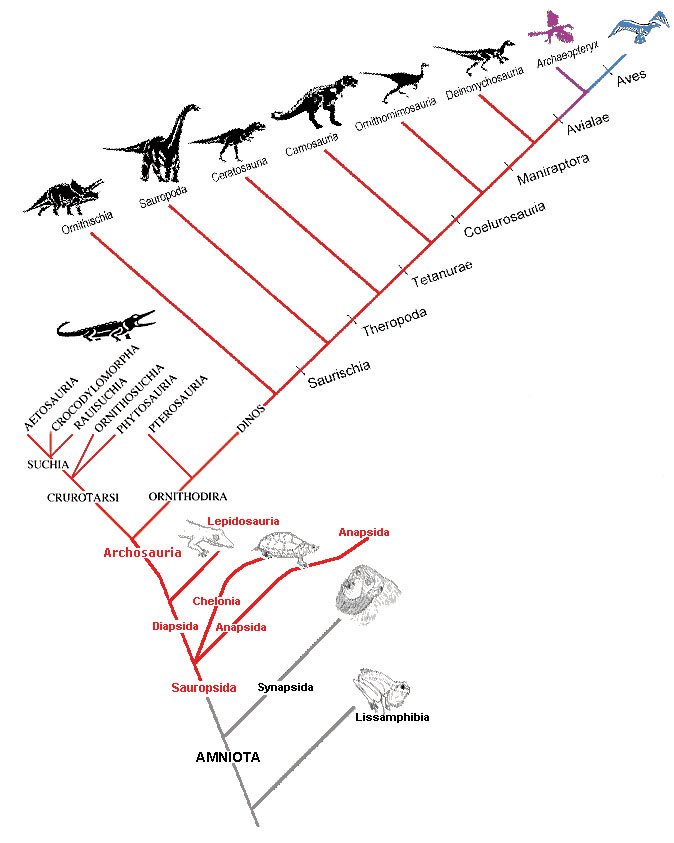
This is the current scientific consensus on the classification of vertebrates, or at least specifically of what we have called 'reptiles' for the last two centuries.
In conclusion, reptiles as we know them have not disappeared, only that the general name we use to refer to lizards, snakes, turtles, crocodiles, etc. is not quite correct, at least from a scientific point of view.
The word 'reptile' will continue to be widely used for a long time in the popular vocabulary, from the general point of view it is already established to refer to a specific group of animals today.
On the other hand, if we look at the evolution of vertebrate animals as it is taught in schools and books, it should be clarified that the word 'reptile' as a classification or group is not accurate.
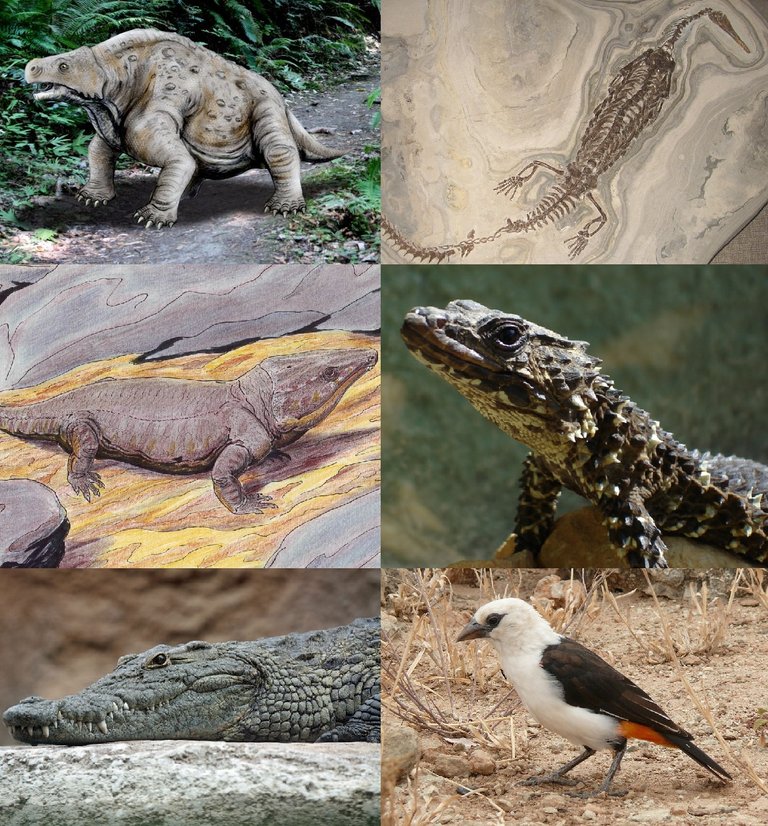
Sources
•Episode 3 Field Guide: What’s a Reptile? (PastTime.org)
•There’s No Such Thing As Reptiles Any More – And Here’s Why (TheConversation.com)
I recommend you to visit my previous publication, related to this topic: What is a dinosaur? (And what is not).
| ¡Gracias por visitar! — ¡Thanks for visiting!  |
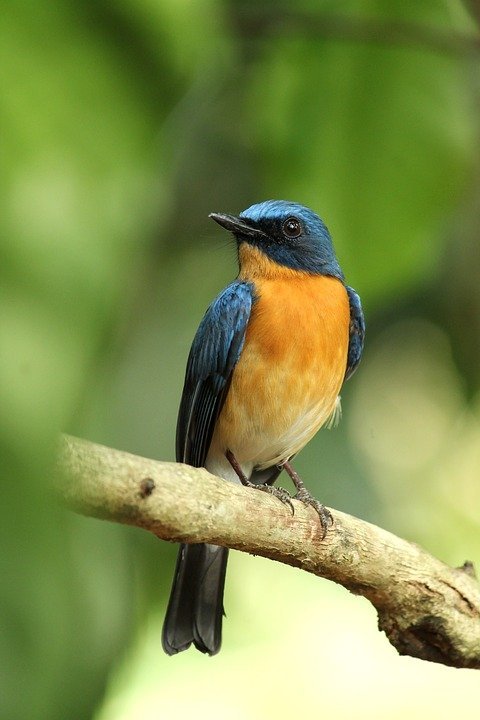

I quite agree with the classification. However, reptiles will continue to be a name for a while, perhaps until after our generation.
Agree, the name 'reptile' is already widely used. In general, I think we can continue using that word as a description, but in scientific terms, the correct word would be Sauropsid. Maybe in the future people will use the word Sauropsid more often. Thank you for your visit @gentleshaid greetings.
https://twitter.com/acontcivil/status/1367576882561056774
Thanks for your contribution to the STEMsocial community. Feel free to join us on discord to get to know the rest of us!
Please consider supporting our funding proposal, approving our witness (@stem.witness) or delegating to the @stemsocial account (for some ROI).
Please consider using the STEMsocial app app and including @stemsocial as a beneficiary to get a stronger support.
Thank to #STEMsocial project.
Interesting topic friend @acont, no doubt for many it would be strange to stop using the term reptile, especially for the appearance of these animals and we associate it that way.
Thank you @emiliomoron, yes it is already a common word for us. Greetings!
Muy instructiva tu información científica acerca de esta confusión o imprecisión que el desarrollo de la ciencia ha permitido aclarar. Es muy útil saber de estas cosas, sobre para un lego en estos asuntos, como lo soy. Gracias, @acont.
Saludos @josemalavem gracias por tu visita, es cierto que puede ser confuso, pero la ciencia poco a poco va encontrando modelos más precisos y así se ajustan ciertos términos.